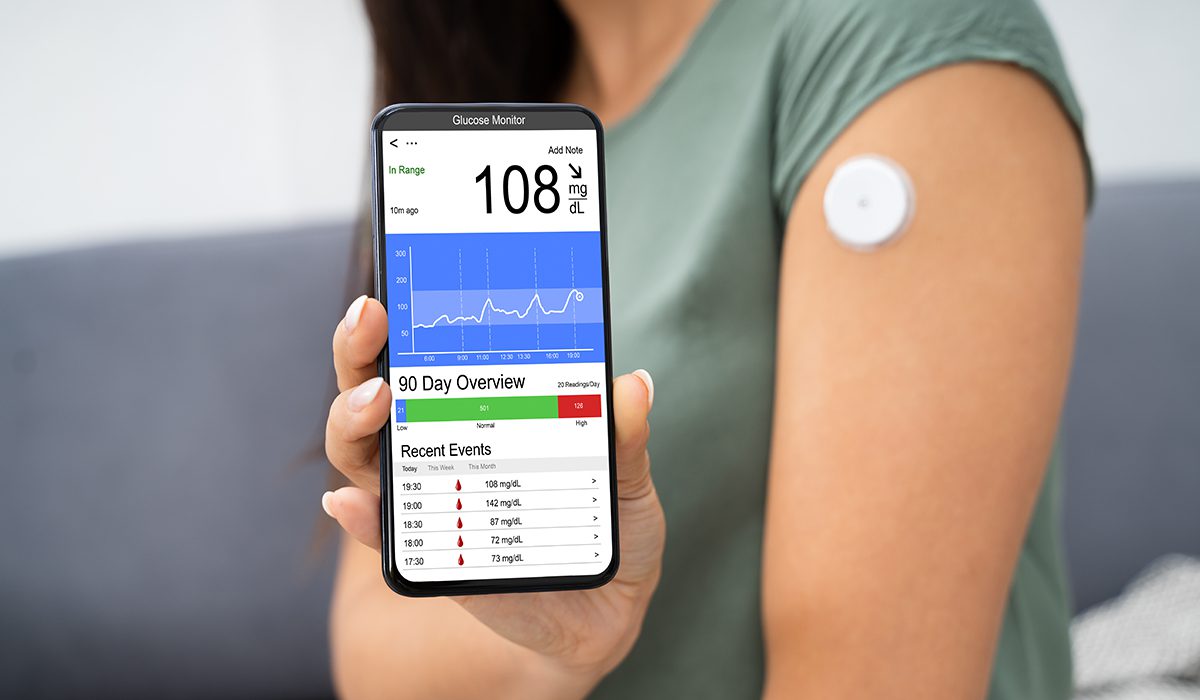
Article
Studying Compliance Burden to Improve SaMD Development
The U.S. Food and Drug Administration (FDA) is largely responsible for ensuring that the medical devices on the market are effective and that they are safe. The agency routinely issues guidance documents to provide guidelines, standards and compliance suggestions to an entire industry. New technologies that are used in medical devices are often rigorously tested, validated and regulated by the FDA.
As the use of radio frequencies (RF) in medical devices became more prominent, the FDA crafted a guidance document to advise the medical device industry on the standards and key safety considerations that ought to be addressed in wireless medical devices that use radio frequency technologies such as Bluetooth.
First issued as a draft in 2007, the Radio Frequency Wireless Technology in Medical Devices guidance document was finalized on August 2013. In the years since the FDA first issued a final document on wireless medical devices that use radio frequency wireless technologies, the use of RF in medical devices has only increased exponentially.
As Bluetooth-enabled smartphones have become ubiquitous and patients accustomed to medical devices that are wireless and connected, radio frequency wireless technologies have emerged as the principal mechanism to integrate wireless technologies in medical devices.
The FDA details several factors that should be considered when selecting a wireless radio technology or a radio frequency. Companies should consider:
The factors that should be considered are even more extensive when implantable medical devices are involved. In such cases, companies should also consider the impact of tissue absorption rates on the strength of the signal.
Not all commercial off-the-shelf radio frequency wireless systems are appropriate for integration into medical devices. Companies must evaluate off-the-shelf solutions to determine whether they actually conform to the standards set out in IEEE 802.11 for use in medical devices.
Most commercial solutions are not tested or validated to address and mitigate the risks associated with medical devices. Medical device manufacturers are required to establish that each wireless medical devices’ underlying wireless technologies comport to appropriate standards.
When considering commercial off-the-shelf RF wireless components or systems that conform to industry standards (such as IEEE 802.11 standards), medical device manufacturers should take into account that some equipment might not have been adequately tested or qualified to address the needs and risks for use in medical devices.
This is because such equipment may conform to standards that are not written specifically for medical devices. Under the quality system regulation, procedures and controls must be established for wireless medical devices and their components, including components that are purchased off the shelf.
Connect with us and download the FDA’s guidance document.
Related Posts

Article
Studying Compliance Burden to Improve SaMD Development

Article
Lifestyle Integration for Medical Devices

Article
CEOs and other Digital Health Experts on SaMD in 2020

Article
Looking Back at a Pioneer in DTx and SaMD – Propeller Health in 2013